

It’s February, the month of love birds! But you don’t have to be a fan of swanning and cooing to fall in love with the amazing bird life of the Broads National Park. Home to a quarter of the UK’s rarest wildlife, the masses of freshwater and reedbed habitat means that the Broads are perfect for all sorts of avian species which you are unlikely to see anywhere else in the UK.
So whether you’ll be sharing your binoculars and walking the boardwalk hand in hand or whether you’re on a solo expedition, this is our Good Hide Guide to all of the best places to go bird watching in the Broads National Park…
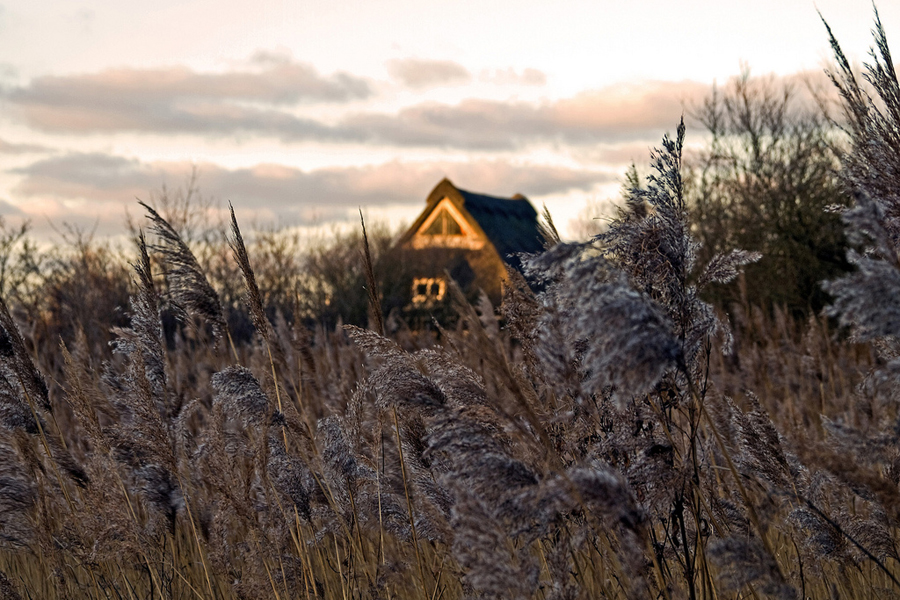
Ranworth is home to the king of the bird hides. If you only visit one, visit this one! Known as the Floating Broads Wildlife Centre, to reach the hide you will first have to traverse a gently meandering boardwalk which passes through woodland and reedbeds. As you wander, eye to eye with the bearded tits and the Cetti’s warblers, you will see a wood and thatch structure slowly emerge from the rushes. The two storey structure’s ground floor has displays about the history and origin of the Broads, and information on the local wildlife and protecting the Broads. If you travel upstairs you will find a jaw-dropping viewing gallery with telescopes and binoculars overlooking the Ranworth Broad Nature Reserve.
Top three birds to see: Osprey, Common Tern, Cetti’s Warbler
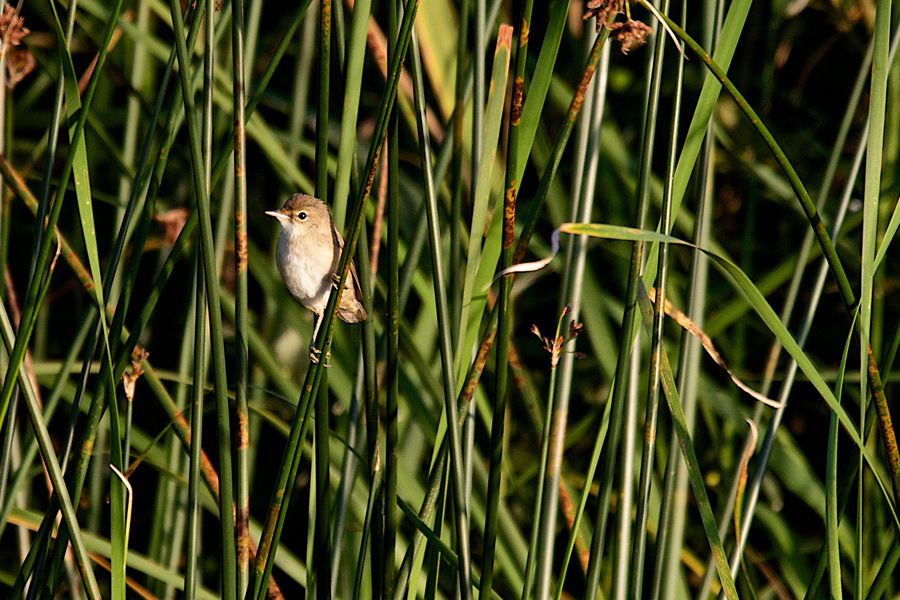
This rapidly expanding site lies in the Waveney Valley and is home to a patchwork quilt of habitats. Grazing marsh, fens, peat pools, short fen meadow, tall litter fen, dykes, pools and scrub means that a variety of bird life is attracted to this Suffolk Wildlife Trust site. Famous for its rare fen raft spider which was successfully reintroduced to the reserve in 2012, Carlton & Oulton Marshes are also one of the best places in the UK for a range of freshwater snails which reflects the good water quality in the dykes, and provides a food source for all of those birds you’re desperate to see. Look out for their unrivalled collection of warbler species from the grasshopper warbler to the sedge warbler and loads more!
Top three birds to see: Grasshopper Warblers, Marsh Harriers, Redshank
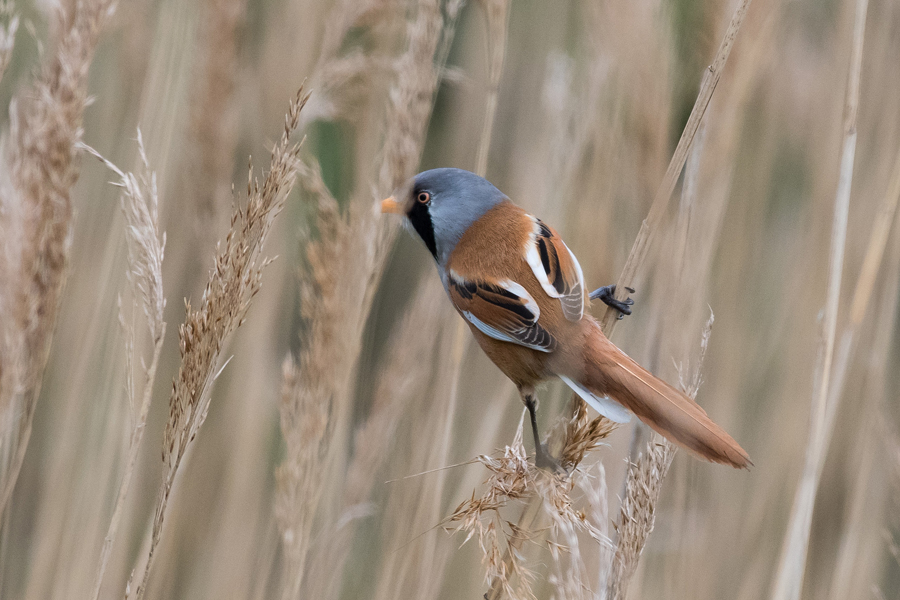
One of the biggest draws to the hide at Hickling is the cranes! Footpaths around the Norfolk Wildlife Trust’s Hickling reserve wend their way past fields from which these ancient birds can be spotted, as graceful and exotic in appearance as the oriental wallpapers they were once depicted in. The recently dug scrape is the perfect place to get out your binoculars to spot a whole host of unusual ducks, geese and waders from whimbrels to avocets. Bitterns can also be spotted from this site so listen out for that iconic booming sound!
Top three birds to see: Crane, Bittern, Whimbrel
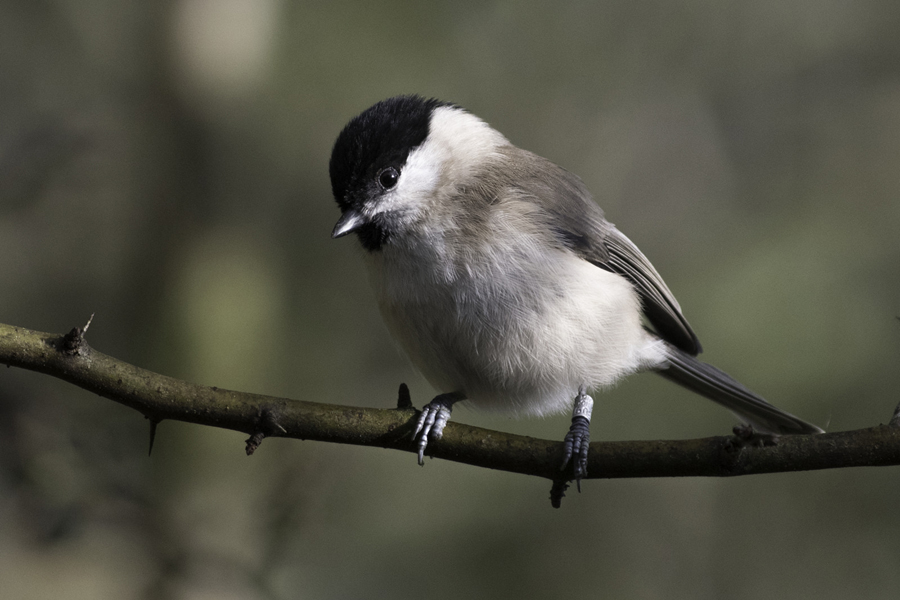
A short distance from the southern Broads, between Beccles and Lowestoft is North Cove Nature Reserve. Once kept as a game reserve, the site is the perfect place to spot the long-beaked woodcock. It’s a great place to see Siskin, redpoll and woodpeckers and the amazing array of wild plant species which thrive here mean that there is always plenty of colour to fall in love with too.
Top three birds to see: Woodcock, Hobby, Marsh Tit
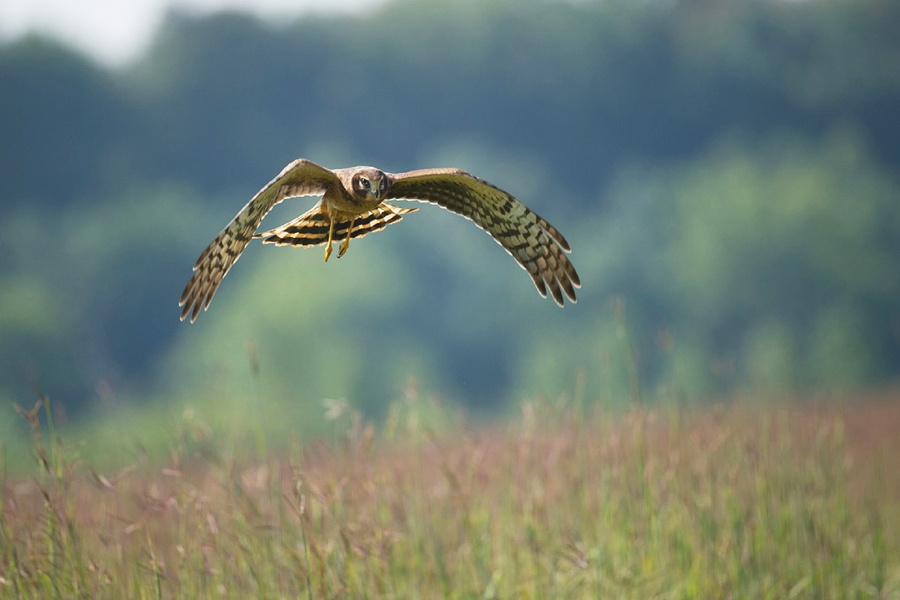
A short jaunt down the River Yare, Strumpshaw Fen is just six miles outside of Norwich. This wildlife haven is not only home to the rare swallowtail butterfly, but an abundance of incredible bird species too. The majestic marsh harrier is a regular sight, circling over the marshes, and bitterns often frequent the reedbeds. The woodland area is also well-worth checking out with species such as bullfinches, treecreepers and bramblings visiting the leafy trees.
Top three birds to see: Taiga bean goose, Kingfisher, Marsh Harrier
The Broads National Park truly is a haven for birds and bird lovers alike. Whether you’re into waders or wildfowl, raptors or corvids there is truly something for everybody. So strap up those hiking boots, hang those binoculars around your neck and head out into the Broads!